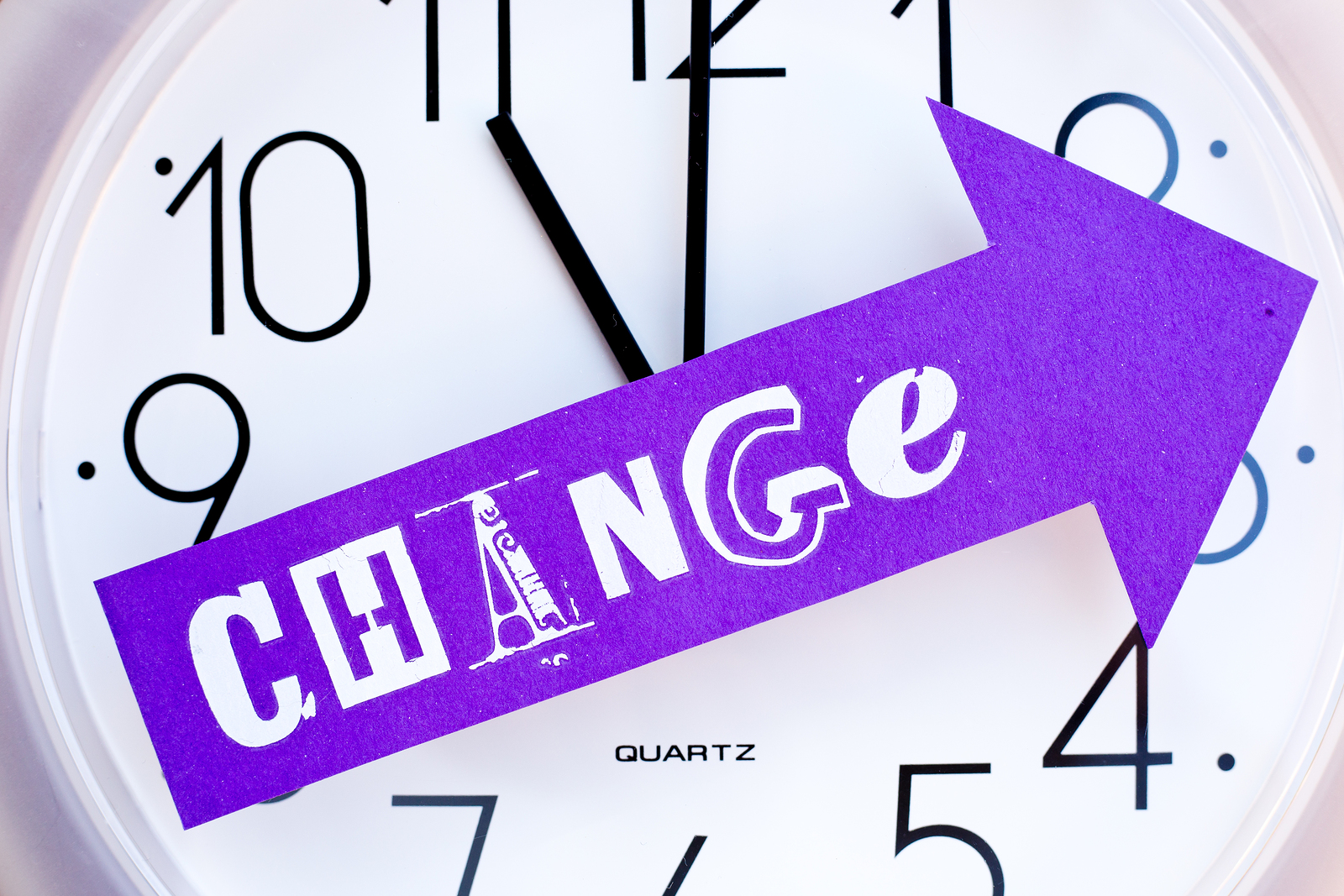The Change Maker’s Playbook
Innovation is dynamic, iterative, and even messy – but with the vast problems facing the world, and opportunities to harness people’s creativity, passion, and desire to make an impact, there has never been greater potential to make a dent in as-yet unsolved economic, social and other issues. Leadership qualities, not always and not simply technology, are the essential ingredients.
I recently spoke with Amy J. Radin, author of The Change Maker’s Playbook: How to Seek, Seed and Scale Innovation in Any Company. Amy is a nationally recognized Fortune 100 Chief Marketing and Information Officer.
The Power of Purpose
I love this line in your new book: “Purpose defines what you stand for and why your business exists.” Tell us more about the power of purpose and why it’s so important to change makers.
Purpose defines the marketplace problem the change maker wants to solve. It’s why they pursue an innovation. They see the need to create something new, to fix something they see as really broken.
Purpose is grounded in emotion, but it’s far from touchy-feely. Purpose:
- Focuses everyone on unifying beliefs, makes collaboration the norm, and aims resources at the vision and nothing else.
- Minimizes the corrosive effect of internal politics — everyone is committed to the same point on the horizon. Purpose is an energy booster.
- Sets the goal post on achieving aspirations to meet real market needs. Of course, financial results matter, but the purpose-driven team delivers financial impact and sets itself up to meet broader stakeholder needs.
Resourcefulness is a key behavior of change makers. How should leaders encourage resourcefulness?
Resourceful leaders are those who can find a path forward no matter what. Doing so means they are making progress even though they have what can look like severe resource shortages.
Much of anyone’s resourcefulness comes from an ability to help everyone in their orbit to be more resourceful.
First, be a role model of resourcefulness behaviors. My favorite example of all time is one I uncovered while doing the research for The Change Maker’s Playbook: Drew Lakatos co-founded ActiveProtective, a company working on an innovative device – think of it as the wearable equivalent of an inflatable air bag — to attack the growing medical and social crises caused by millions of seniors’ falling every year in this country. He had purpose and passion, but lacked capital. So, he went around to junkyards one Saturday morning, and extracted non-bloody air bags from wrecked cars. Then he combined these with bicycle tire inner tubes, working with his local tailor to create components of early proof-of-concept designs – for a few dollars apiece. They were convincing enough to win critical support to get to the next steps.
Second, when assessing potential hires, listen for stories of how they have demonstrated resourcefulness in their lives. If you don’t hear evidence of real tenacity, move on.
Third, be open-minded about how things are done, not just what is getting done. Being resourceful means finding and supporting non-obvious ways to accomplish milestones and achieve goals.
Fourth, promote a culture where seeking help is a mark of leadership and strength, not a sign of weakness. I see organizations where people are afraid that they will be fired if they admit ignorance. I see cultures punishing people who admit they don’t know something or would like help. These are environments where innovation cannot ever be successful.
Lessons from Edison
A visit to Thomas Edison’s lab in West Orange, New Jersey proved valuable. Would you share some of the lessons you walked away with?
Edison’s lab, even as the museum and national monument it is today, reflects this change maker’s mindset and operating philosophy. Everything about the place suggests how committed Edison was to the discovery of insights about problems worth solving, and proving out executional and commercial feasibility. He worked under physical conditions and with technology very far removed from the sleek, high tech campuses of the 21st century … but the basics of his approach are remarkably similar to those that are admired and espoused by everyone from Silicon Valley leaders to corporate innovators today.
What stands out the most is how his intellectual curiosity got translated into action.
He iterated non-stop to find executional breakthroughs that moved ideas closer and closer to reality. He surrounded himself with a small, core team, turbo-charged by a larger workforce who ran experiments, collaborating in a workspace much like today’s popular open floor plans. He curated and maintained a remarkable collection of materials to inspire ideas and provide ready solutions to iterate prototypes quickly. He was not interested in mere “cool stuff” — he focused on solving real problems, business model structure, and commercialization potential.
Edison embraced failure. He reportedly made 1,000 unsuccessful attempts at inventing the light bulb.
What elements are in a great business model?
A great business model captures how an innovation might operate at scale, what resources and capabilities it will require, what impacts it will achieve. Financials turn out to be an output, but when done right the business model is much more than a spreadsheet: it goes all the way from purpose and strategy to executing plans that will produce results.
If you were to draw the business model on a whiteboard, you would see an implementation diagram with many interconnected levers and cranks that determine what happens and with what impact along a path that is not always linear, and that you cannot always control. Where you have full command of how to move the levers and cranks you exercise your leverage. Where you don’t, it’s important to anticipate contingencies. In any case, a good model helps the change maker be smart about seeing their leverage, risks and opportunities. By the way, the business model, especially early on, and should be seen as subject to adaptation.
How to Scale
What do most people get wrong when they think about “scaling”?
Failing to recognize that the processes, skills and resourcing strategies that worked during concept development and prototyping won’t support scaling the business.
This turns out to be the case whether it’s the startup team who has won over investors to finance “hockey stick” growth or the corporate product development team whose CFO has just approved the rollout budget.
The fact is, new skills are required, new capabilities, accountability to hit performance metrics, new reporting, processes, policies, etcetera. The change maker cannot run harder and faster doing what they have done to this point. The idea of the “green light moment” expressed in The Change Maker’s Playbook is to encourage leaders to acknowledge what they must do to position themselves and their team for this new way of operating.
What does successful scaling look like?
Let’s assume any change maker will understand that “scaling” is the time when they are going to begin to establish the proverbial growth “hockey stick,” getting sufficient traction to prove to investors that they are on their way.
But, this growth momentum, while essential, is not sufficient to claim victory in the Scaling phase of the Seek, Seed, Scale Framework.
There are two other elements of scaling:
One, sustaining a constant, strong series of tests and experiments that push the business model levers, build results, validate or discount hypotheses, help improve the way resources are allocated, and find solutions for new problems that will always come your way.
And two, the change maker will always have to lean in to the future. Especially in today’s world, innovation will never come to a fixed finish line. Anticipating and moving towards “what’s next” and adapting to the unforeseeable are both permanent parts of the work plan, even for a massively successful launch.
Is there one part of the “Seek, Seed, and Scale” framework where potential innovators go wrong?
I see two big points of failure, and they are consistent and avoidable. They will sound so obvious as to appear simplistic, but what drives either or both of these to happen is anything but simple.
One, a team falls in love with a solution to its own problem, or to a problem that has been shaped by internal opinions or some influences that turn out to be disconnected from the realities of the market. This team solves their own problem, and fails to understand what people out there in the world actually need. Maybe they knew at one point, but they lose sight of the market. Passion and conviction, and the heads-down focus so essential to make progress, overwhelm the critical need to be market focused and always listening.
Two, a team has come upon a real problem and may even have a well-constructed solution, but does not understand the value and components of a business model. They do not know how to figure out the business model dynamics that will take them from prototype and concept to commercial viability and execution requirements. Maybe they think a business model is a spreadsheet, or they think that work can be deferred until later, or will somehow work itself out. These attitudes are all certain derailers.
The Elements of a Successful Launch
Another powerful line in your book (there are many) is “Launch is when the team delivers the brand promise to market, and sets the trajectory to deliver business model expectations.” That is full of wisdom. Tell us just a bit more about a successful launch.
Launch is when a team directs its energy and resources towards delivering at the scale of results projected in the business model, and that have convinced investors to provide capital to expand capacity and acquire and serve high volumes of customers. Expectations have been set, and launch is the time when the change maker has to prove they can meet those expectations by attracting and sustaining customer relationships, and operationalizing all of the elements of the business model.
Launch is the time of establishing levels of quality and reliability that weren’t expected by anyone during prototyping and beta phases. Then, friendly users knew they were participating in experiments where failure points were expected. Now the change maker and their team are in “prime time.”
The sales and marketing function has to ramp up at launch to achieve revenue targets. This will be one of the expanding line items in the budget, and will demand talent, capabilities, expertise and habits that may not have been present before.
Since nothing ever goes according to plan, successful launches depend upon the change maker’s capacity to be a step ahead of issues, and to lead when things go wrong. What does this mean? Some of the characteristics that are critical to the launch leader are adaptability, creative problem solving, decisiveness, able to put people at ease even when they are working under intense pressure, and a clear 360-degree communicator – a listener not just a talker.


